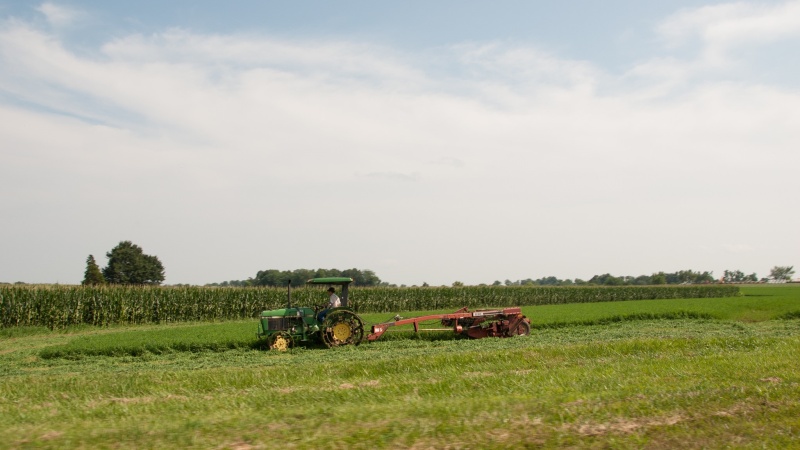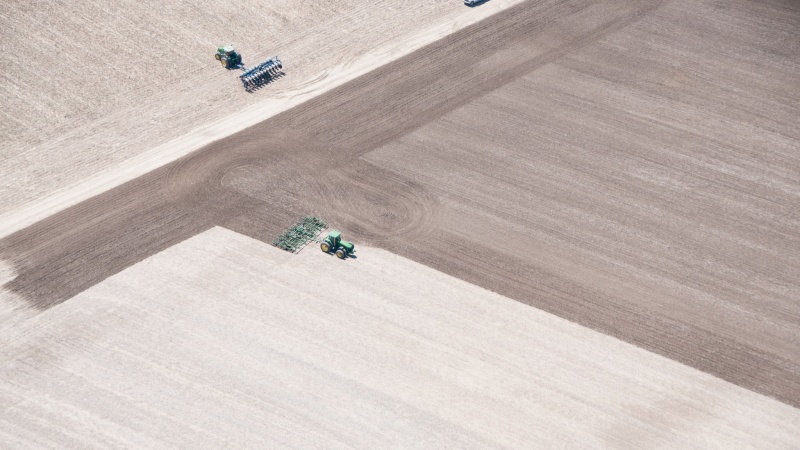Missouri has a long history of farming. Farming in the state produces crops and livestock valued at nearly $5 billion annually. Recognizing the importance of protecting farmland from conversion to non-agricultural uses by minimizing the impacts to it from federally funded programs, Congress passed the Farmland Protection Policy Act (FPPA) in 1981. Before farmland can be used by a federal project, it must be assessed to determine if prime, unique, statewide, or locally important farmland would be converted to non-agricultural uses. This assessment is a collaborative process with the Natural Resources Conservation Service (NRCS). If farmland is used in excess of parameters developed by NRCS, then the federal agency must take measures to minimize farmland impact. The benefit to the public is that MoDOT minimizes its impact to Missouri’s farmland in order to help preserve it for the present and for future generations.
NRCS classifies farmland as prime, unique, or of statewide or local importance based on soil type. Prime farmland has the best blend of physical and chemical characteristics for producing normal crops while requiring less human labor and less assistance from pesticides and fertilizer than farmland of statewide or local importance. Unique farmland is used for the production of specific high-value food items such as nuts and certain fruit or vegetables, and usually has the special combination of soil characteristics, moisture, and location needed to produce high quality and high yields. Statewide or locally important farmland is designated by state or local agencies for the production of crops in a specific area, but is not of national significance.


